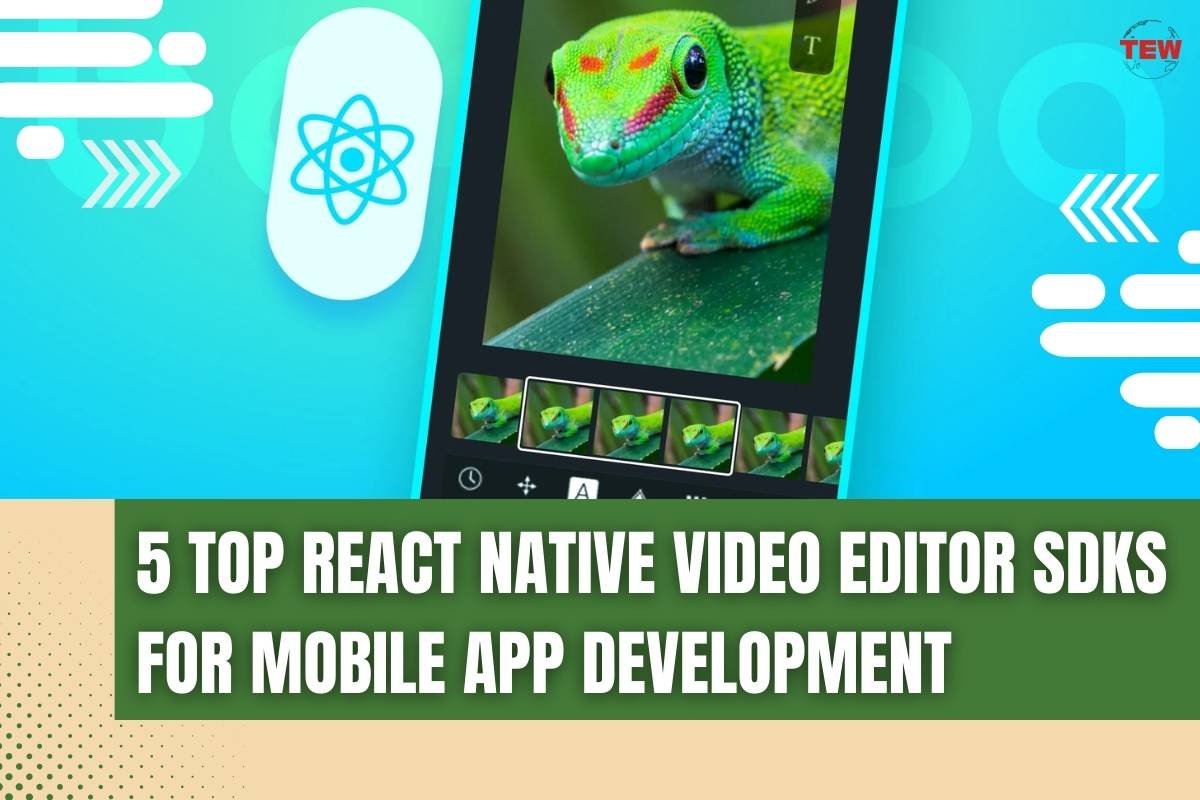As mobile applications continue to dominate the digital landscape, the demand for rich multimedia experiences is higher than ever. Video editing capabilities have become a crucial feature in many apps, enabling users to create and customize videos directly on their mobile devices. React Native, with its cross-platform compatibility and robust development ecosystem, has emerged as a popular choice for building mobile apps with advanced video editing functionalities. In this comprehensive guide, we’ll explore some of the best React Native video editor SDKs available for developers, highlighting their features, benefits, and use cases.
1. Banuba Video Editor SDK
Banuba Video Editor SDK React Native is a versatile and feature-rich solution for integrating advanced video editing capabilities into React Native apps. It offers a wide range of features, including real-time effects, filters, AR (Augmented Reality) overlays, face tracking, and AI-powered editing tools. Banuba’s SDK is optimized for mobile platforms, providing smooth performance and seamless integration with React Native apps. It also offers comprehensive documentation, tutorials, and support from the Banuba team, making it easy for developers to get started and build immersive video editing experiences.

2. Expo Video Editor
Expo is a powerful platform for building React Native apps, offering a wide range of APIs and components for various functionalities. Expo’s Video component allows developers to integrate basic video editing capabilities into their apps, such as trimming, cropping, and adding filters. While Expo Video Editor is suitable for simple video editing tasks, it may lack more advanced features found in dedicated video editing SDKs.
3. React Native Video Editor
React Native Video Editor is a popular open-source library that provides comprehensive video editing capabilities for React Native apps. It offers features such as trimming, cropping, merging, splitting, adding text overlays, applying filters, and adjusting playback speed.
React Native Video Editor is highly customizable, with support for custom UI components and integration with third-party libraries. It is actively maintained and supported by the developer community, ensuring compatibility with the latest versions of React Native and mobile operating systems.
4. KineMaster SDK
KineMaster is a well-known video editing platform for mobile devices, offering a powerful SDK for integrating video editing capabilities into React Native apps. It provides a wide range of features, including multi-layer video editing, audio mixing, transitions, effects, and real-time previews. KineMaster SDK for React Native offers a comprehensive set of APIs and UI components for seamless integration and customization. It is optimized for performance and efficiency, allowing developers to create high-quality video editing experiences with minimal resource usage.

5. VideoKit
VideoKit is a powerful video editing SDK for React Native apps, offering a wide range of features for creating professional-grade video editing experiences.
It provides tools for trimming, cropping, merging, adding text overlays, applying transitions, and more. VideoKit offers a flexible architecture with support for custom UI components, themes, and plugins, allowing developers to create unique and engaging video editing interfaces. It is optimized for performance and efficiency, with support for high-resolution video editing and real-time previews.
Conclusion
Choosing the right React Native video editor SDK depends on factors such as the complexity of your app, desired features, development timeline, and budget. Whether you’re building a simple video editing app or a sophisticated multimedia platform, there are plenty of options available to suit your needs. By exploring the features and capabilities of each SDK mentioned in this guide, developers can make an informed decision and create compelling video editing experiences for their users.




